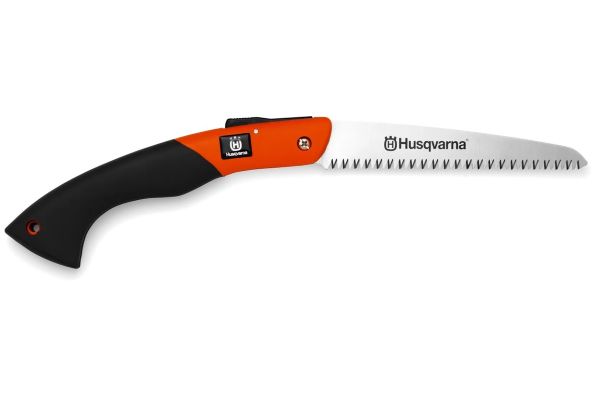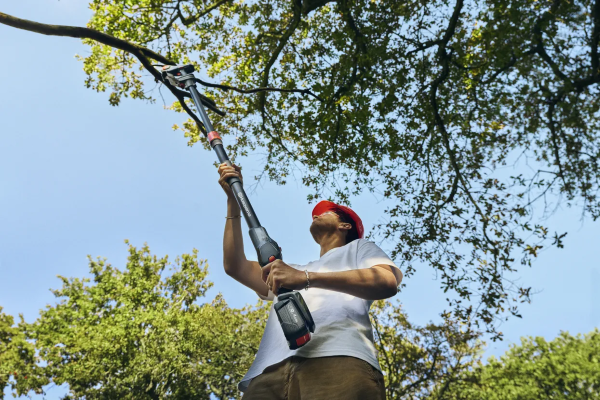While winter remains the traditional season for pruning a number of trees and shrubs that are dormant to encourage strong spring growth, regular, mindful pruning throughout the year can keep your garden healthy, balanced, and beautiful. Timing is important, however, and the key is knowing what to prune and when. Different plants have different pruning needs, so be sure to check the best approach for each one.
“This many seem a formidable task to the uninitiated,” says Brad Barthorpe, Sales Manager – Distributor Africa for Husqvarna South Africa, “but if you follow a simple schedule, you will reap the rewards of your investment and enjoy a beautiful garden year-round.”
And while aesthetics are a clear benefit, Barthorpe explains that pruning is also vital for the overall health and productivity of your garden. He highlights three additional reasons why strategic pruning should be part of every gardener’s routine.
1. Plant Health:Fungi, bacteria, and insects naturally break down dying or damaged plants. Pruning away dead, diseased, or broken parts reduces the risk of infection, deters pests, and encourages vigorous new growth in aged or sparse shrubs.
2. Growth Control:
Pruning does more than control size and density; it keeps skillfully shaped hedges and topiaries looking their best, maintains balance and proportion, and lets you train a plant to grow the way you want it. Additionally, a well-kept garden not only looks beautiful but also reduces overgrowth, adding an extra layer of security.
3. Foster Flower and Fruit Production: Many plants and trees do not flower as a result of inadequate natural light. Sunlight stimulates the formation of flower buds, and regular pruning opens up the canopy, increasing flowering and subsequent fruit production.

Want to prune like a pro? Barthorpe shares his top three tips:
1. Get the angle right:Cut at a 45° angle just above the bud to promote proper healing and prevent infection.
2. Distance from the node:
The node is the point from which leaves, buds, or shoots grow. Cut about 1.5 cm above a node. If you cut too close, new growth may be damaged; too far, the resulting dieback can be excessive, increasing the risk of disease or infection.
3. Do not apply sealer:Sealers create wet, dark conditions that are ideal for bacteria and fungi. This can cause serious damage or even kill the plant. If you cut in the right place and at the correct angle, the plant will heal naturally.
Depending on the desired outcome, choose one of these methods to get the job done successfully:
1. Thinning Cuts: Removing entire limbs at their point of origin is ideal when a plant needs more light and air. Increased sunlight encourages productive new growth, while better airflow helps prevent fungal diseases. When done correctly, thinning preserves the plant’s natural shape.
2. Heading Cuts: To encourage denser, more compact growth, cut branches back to a specific length rather than removing them completely. This stimulates new growth from buds just below the cut and is useful for shaping and size control.
3. Rejuvenation (Renewal) Pruning: This is a more drastic approach to restore overgrown, misshapen, or leggy shrubs. By cutting the plant back to 15–60 cm above the ground, you give it a fresh start, though this method suits only certain species and is best done during dormancy.
“Like anything, you need the right tools to do the job, and Husqvarna offers various specialised equipment for pruning,” adds Barthorpe. For example:
1. Pole saws for large branches and tree limbs, usually greater than 5-8 cm in diameter.
2. Chainsaws for cutting very large limbs quickly and efficiently.
3. Hand pruning saws for precision cutting of smaller branches.
“It is also important to always keep tools sharp and clean to ensure clean cuts,” he advises. “This helps to prevent any existing disease from spreading. And remember to always prioritise your safety by wearing proper PPE when using sharp tools.”
“Pruning need not be an onerous task if done according to a schedule and with the right tools, and will ensure maximum return on all your efforts,” concludes Barthorpe.
A wide selection of pruning tools is available at your local Husqvarna dealer, or please visit https://www.husqvarna.com/zm/









